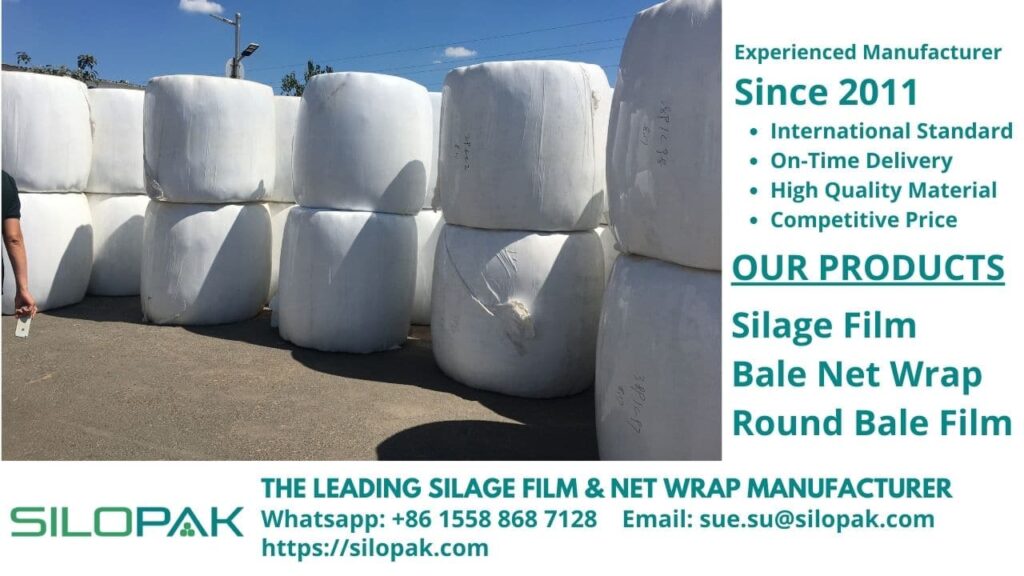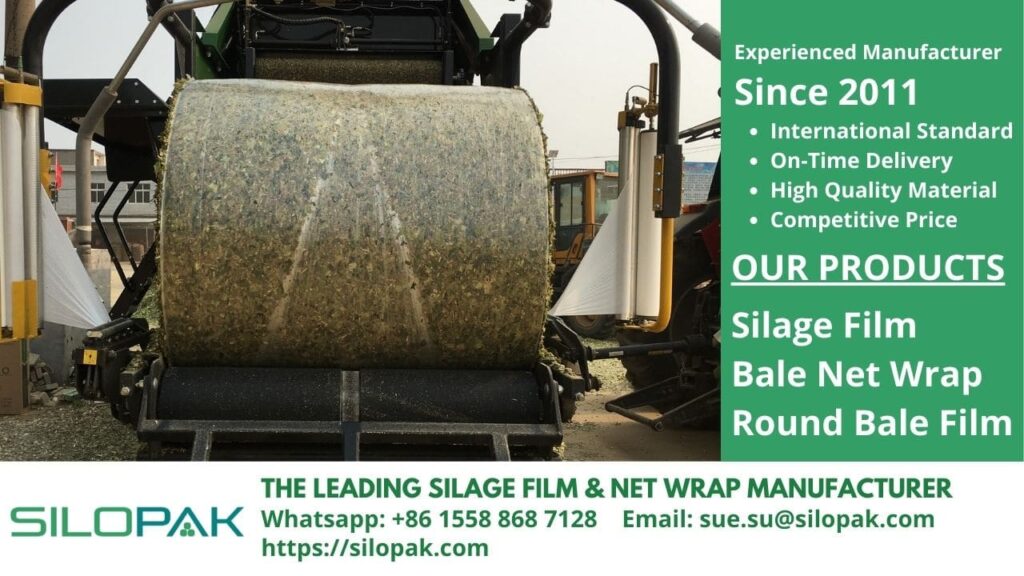
If you work as a dairy farmer, of course, you must know what the best feeds for dairy animals are. Because providing suitable feed is very important in maintaining their health and the quality of the milk they produce. One of the best dairy animal feeds is grass fodder. Below we will discuss some of its varieties that you need to know.
contents
Grass Fodder Varieties
Generally, fodder derived from grass consists of 4 varieties, namely:
Hybrid Napier (Bajra Napier Hybrid/Cumbu Napier Ottupull)
This variety is a perennial forage grass that has more tillers and leaves and is stronger than Napier grass. It also has better quality than animal feed because it contains 8-11% crude protein. For one hectare of land, you need at least 40,000 stems to plant. The first harvest can be done 75-80 days after planting. Next harvests require 45 days. Generally, in a year, you can harvest 280-400 tons per hectare.
Hybrid Napier Grass can be cultivated all year round under irrigated conditions. It can also be intercropped with Desmanthus using a ratio of 3:1 and can be harvested together to be used as animal feed.
Guinea Grass
This variety is a tufted perennial grass that can grow fast and reach 4.5 m in height, and It will also have a rhizome that is relatively short in size.
Its crude protein content is 4-14% and is very suitable, which can be planted on all types of soil, but of course with good drainage.
Planting can be done using seeds or rooted slips. If you use seeds, you need 2.5 kg of seed per hectare, while if you use slips, you need 66,000 slips per hectare. Planting should be done with a distance of 50×30 cm.
Later the clump can be superimposed with Hedge Lucerne or Velimasal. The ratio is 3:1, and it can be harvested at the same time as animal feed. Later the clump can be superimposed with Hedge Lucerne or Velimasal. The ratio is 3:1, and it can be harvested at the same time as animal feed.
The first harvest or cutting can be done 75-80 days after the seeds germinate or 45 days after planting slips. Subsequent harvests require 45 days. Generally, within a year, you can harvest 175 tons per hectare.
Para Grass (Neerpull/Erumai pull/Thanneerpull)
This variety is a perennial grass that is suitable to be planted in areas that include humid, such as valleys and lowlands, which are usually inundated seasonally because they can function to withstand long-term inundation and flooding. It can also be planted in sandy soil as long as it gets an adequate water supply.
This grass has properties that are fairly sensitive, especially to cold air, so its growth is not good in winter. In addition, it is only suitable for use as grass fodder, not for straw or silage.
You can plant it using stem cuttings only, and it can be done throughout the year. With a note in the rainy season should be done under a rainfed. For one hectare of land, you need 800-1.000 kg of stem cuttings.
The first cutting can be done 75-80 days after planting, and the next cutting takes 40-45 days. Generally, You can make 6-9 cuts in a year, which can average as much as 80-100 tons per hectare.

Blue Buffalo Grass (Neela Kolukattai Pul Var. Co 1)
This variety is a perennial grass that is best suited for pasture or land with well-drained, high-calcium soil. For one hectare of land, You will need 6-8 kg of seedlings. The first harvest can be done on the 70th or 75th day after the plants are sown. The next harvest depends on its growth. Generally, within a year, You can do 4-6 harvests with a total yield of 40 tons per hectare.
Those are 4 grass fodder varieties you need to know. If you have your land, you should consider producing it on your land, so you can control the quality of your dairy animal feed yourself and make sure it is always available. In addition, you can also save on maintenance costs.
Grass Fodder Preservation Film and Net Wrap
For your information, in the process of preserving silage, hay, and corn, good film quality is needed to maintain nutrient levels and avoid failure of the fermentation process. In other words, the film must have good resistance to weathering. Therefore, make sure you buy it from a trusted manufacturer.
One of the trusted film manufacturers that you can choose is Silopak. Headquartered in Qingdao, China, this manufacturer has been a leading silage film and bale net wrap brand since 2011. The products offered are known for their high quality, so it is not surprising that they can export them to many countries. So, even if you are not in China, you can still buy the products.

